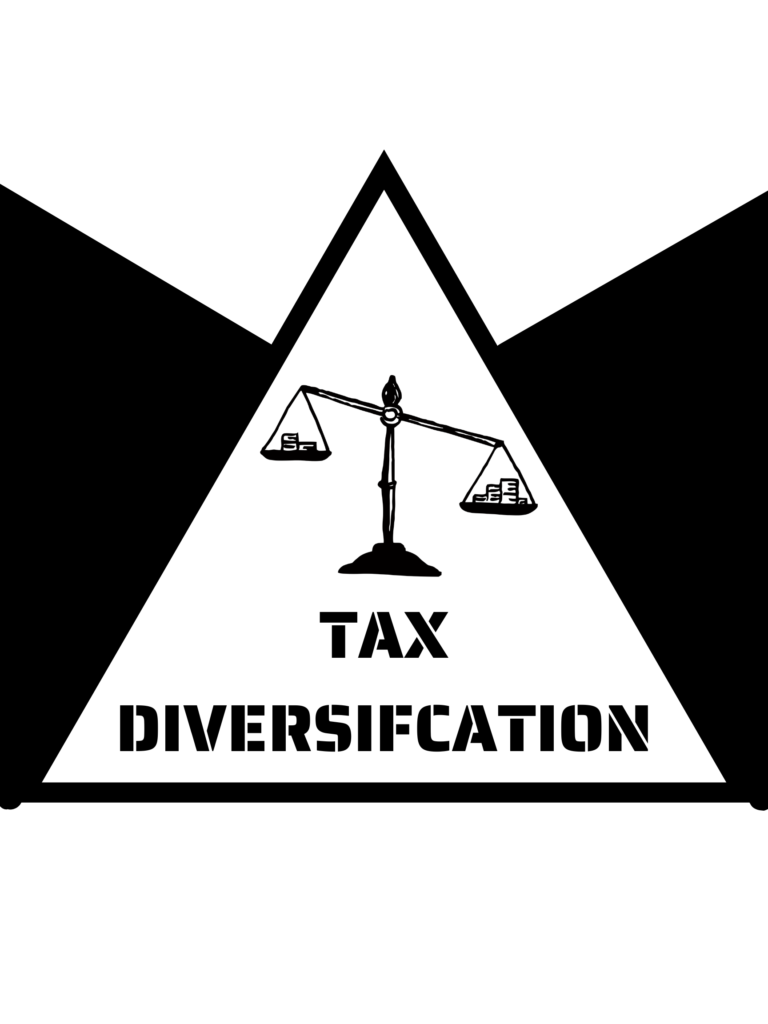Tips for Tax Diversification
Last week we touched on the Tax Diversification strategy and it’s importance to retirement planning.
A quick recap of what the strategy involves is, diversifying the different types of retirement accounts you may have investments in to help manage your tax liability.
This concept can help mitigate your exposure to tax and legislative risk.
Ultimately, by spreading your investments across different types of accounts, you can better position yourself to adapt to changing tax laws and regulations.
With that being said, here are a few tips to steer you in the right direction when it comes to applying this strategy to your own retirement accounts.
(1) Concentrating investments into a tax-deferred account is not “tax diversification”
Most Americans are familiar with a 401(k) retirement account provided by their employer. These accounts provide the opportunity to accumulate wealth through investments while reducing your total income for the year through tax deferrals on your 401k contributions.
However, most employees hold a majority of their wealth in these pre-taxed accounts. This can increase the exposure of those dollars to future tax rates and legislative risk.
A way to incorporate tax diversification would be by diversifying money into other retirement accounts like taxable brokerage and Roth IRA accounts.
(2) It is never to early for Required Minimum Distribution (RMD) planning
One technique for RMD planning is through Roth Conversions. A Roth conversion is when you move money from a tax-deferred account like an IRA or 401(k) into a tax favored account (Roth IRA). You must pay tax on those dollars that you move into the Roth. However, by doing this you are ultimately reducing the total value in the pre-tax account and setting that money up for future tax free growth.
This planning strategy creates a more tax diversified portfolio by spreading your money into different types of retirement accounts that are taxed differently.
In conclusion, tax laws are always changing and with a $31 trillion national debt bill the government is eager to find new ways to bring in additional tax revenue. By practicing tax diversification in your retirement accounts, you can potentially reduce your total exposure to tax and legislative risk.

